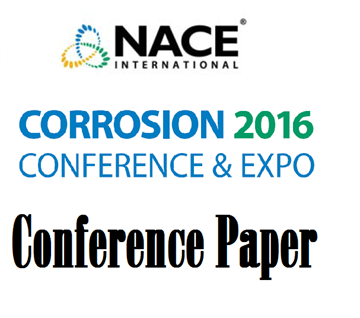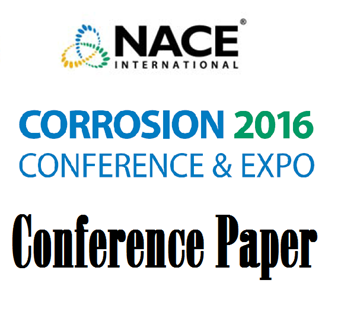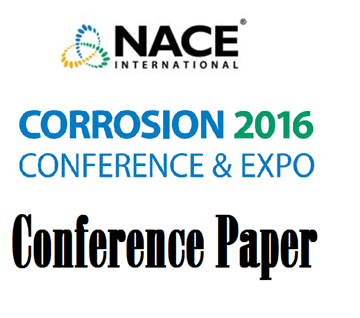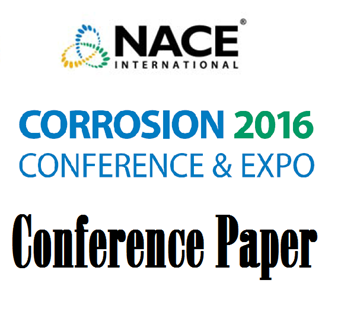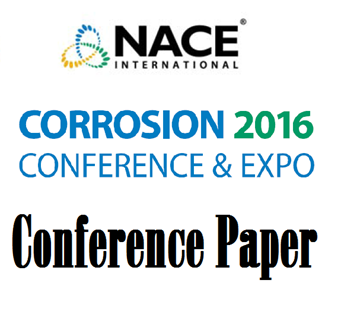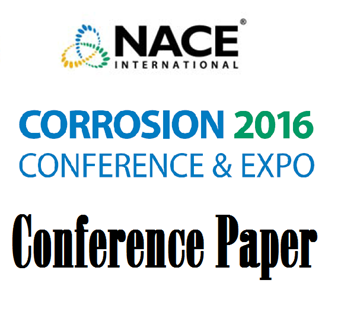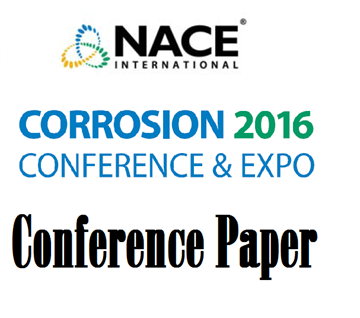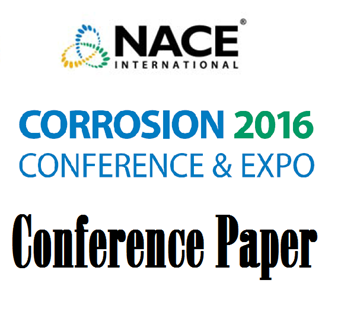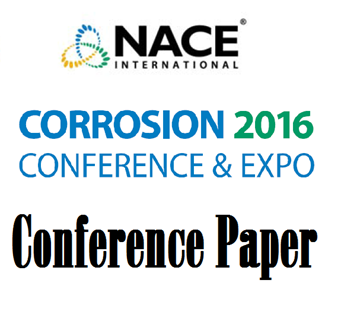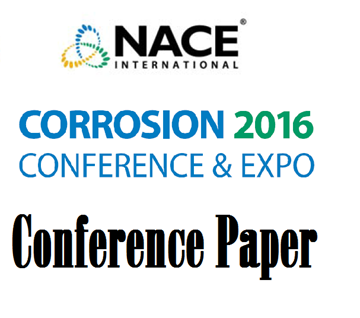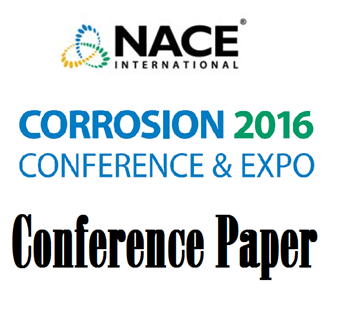Search
Science of Corrosion
View as
Sort by
Display
per page
51316-7235-Detecting Inhibitor Migration Depth in Topically-Treated Concrete Using DART-MS
Product Number:
51316-7235-SG
ISBN:
7235 2016 CP
Publication Date:
2016
$20.00
51316-7272-Electrochemical Study of Nb-10Ta-1Re and Ti-6Al-4V Alloys for Dental Implant Applications
Product Number:
51316-7272-SG
ISBN:
7272 2016 CP
Publication Date:
2016
$20.00
51316-7278-Molecular Microbiological Methods to Investigate Microbial Influenced Corrosion in Fully Integrated Kraft Pulp and Paper Mills
Product Number:
51316-7278-SG
ISBN:
7278 2016 CP
Publication Date:
2016
$20.00
51316-7279-Enhanced Biocide Treatment of Corrosive Biofilms
Product Number:
51316-7279-SG
ISBN:
7279 2016 CP
Publication Date:
2016
$20.00
51316-7287-Phenomenal Pitting Corrosion on Coating Damaged Surface of Automobile Suspension Coil Springs
Product Number:
51316-7287-SG
ISBN:
7287 2016 CP
Publication Date:
2016
$20.00
51316-7293-Insights on the impact of Fluid Cooling on High Temperature Conditions (175C) for Carbonate and Sulp
Product Number:
51316-7293-SG
ISBN:
7293 2016 CP
Publication Date:
2016
$20.00
51316-7310-Development of Self-Healing Coatings using Encapsulated Linseed Oil and Tung Oil as Healing Agents
Product Number:
51316-7310-SG
ISBN:
7310 2016 CP
Publication Date:
2016
$20.00
51316-7313-Effect of Iron Sulfide Deposits on Sour Corrosion of Carbon Steel
Product Number:
51316-7313-SG
ISBN:
7313 2016 CP
Publication Date:
2016
$20.00
51316-7319-Effect of Elements Mo and W on Humidity Corrosion of Low Alloy Steels in H2S-Containing Environment
Product Number:
51316-7319-SG
ISBN:
7319 2016 CP
Publication Date:
2016
$20.00
51316-7333-Comparison of Corrosion Behavior in HIC Test Solutions for FFP evaluation
Product Number:
51316-7333-SG
ISBN:
7333 2016 CP
Publication Date:
2016
$20.00
51316-7340-Investigation of Cathodic Reaction Mechanisms of H2S Corrosion Using a Passive SS304 Rotating Cylinder Electrode
Product Number:
51316-7340-SG
ISBN:
7340 2016 CP
Publication Date:
2016
$20.00
51316-7344-Effect of Cycle Frequency on the Oxidation Resistance of Ni- and Fe-based Alloys at 982oC
Product Number:
51316-7344-SG
ISBN:
7344 2016 CP
Publication Date:
2016
$20.00

